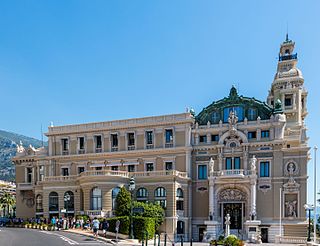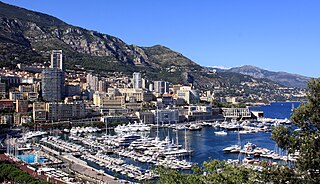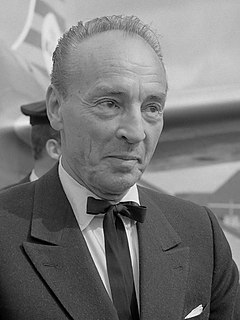
George Balanchine was a Russian-born Georgian-American ballet choreographer who was one of the most influential 20th century choreographers. Styled as the father of American ballet, he co-founded the New York City Ballet and remained its Artistic Director for more than 35 years.

Wassily de Basil, usually referred to as Colonel W. de Basil, was a Russian ballet impresario.
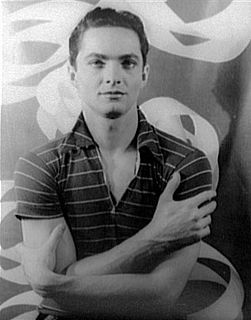
George Zoritch, was a Russian-born American ballet dancer who starred in performances by Ballet Russe companies on stages all over the United States from the 1930s to the 1960s. Internationally known, he was one of the most glamorous figures and striking personalities in mid-twentieth-century ballet.
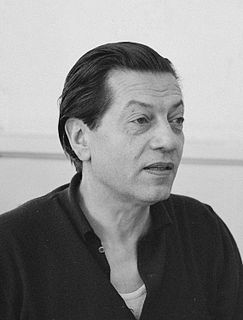
Serge Lifar was a French ballet dancer and choreographer of Ukrainian origin, famous as one of the greatest male ballet dancers of the 20th century. Not only a dancer, Lifar was also a choreographer, director, writer, theoretician about dance, and collector.
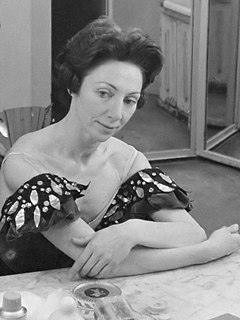
Rosella Hightower was an American ballerina who achieved fame in both the United States and Europe.

André Eglevsky was a Russian-born ballet dancer and teacher who studied in France and, from 1932, danced with Colonel W. de Basil's Ballet Russe de Monte Carlo for several years, as well as other companies in Europe and New York City. He became a United States citizen in the late 1930s and danced with the American Ballet Theatre and New York City Ballet. After retiring from performance in 1958, he set up his own ballet school and the Eglevsky Ballet Company in New York.
David Lichine was a Russian-American ballet dancer and choreographer. He had an international career as a performer, ballet master, and choreographer, staging works for many ballet companies and for several Hollywood film studios.

Les biches is a one-act ballet to music by Francis Poulenc, choreographed by Bronislava Nijinska and premiered by the Ballets Russes on 6 January 1924 at the Salle Garnier in Monte Carlo. Nijinska danced the central role of the Hostess. The ballet has no story, and depicts the random interactions of a group of mainly young people in a house party on a summer afternoon.
Baby ballerinas is a term invented by the English writer and dance critic Arnold Haskell to describe three young dancers of Les Ballets Russes de Monte Carlo in the early 1930s: Irina Baronova (1919–2008), Tamara Toumanova (1919–1996), and Tatiana Riabouchinska (1917–2000).

The company Les Ballets Russes de Monte-Carlo was formed in 1932 after the death of Sergei Diaghilev and the demise of Ballets Russes. Its director was Wassily de Basil, and its artistic director was René Blum. They fell out in 1936 and the company split. The part which de Basil retained went through two name changes before becoming the Original Ballet Russe. Blum founded Les Ballets de Monte Carlo, which changed its name to Ballet Russe de Monte-Carlo when Léonide Massine became artistic director in 1938. It operated under this name until it disbanded some 20 years later.
John Taras was a prominent American ballet master and choreographer.
The Original Ballet Russe was a ballet company established in 1931 by René Blum and Colonel Wassily de Basil as a successor to the Ballets Russes, founded in 1909 by Sergei Diaghilev. The company assumed the new name Original Ballet Russe after a split between de Basil and Blum. De Basil led the renamed company, while Blum and others founded a new company under the name Ballet Russe de Monte-Carlo. It was a large scale professional ballet company which toured extensively in Europe, Australia and New Zealand, the United States, and Central and South America. It closed down operations in 1947.
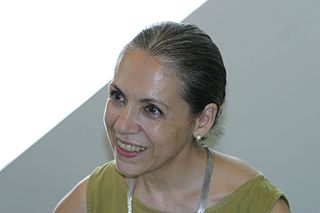
Lynn Theresa Garafola is an American dance historian, linguist, critic, curator, lecturer, and educator. A prominent researcher and writer with broad interests in the field of dance history, she is acknowledged as the leading expert on the Ballets Russes de Serge Diaghilev (1909–1929), the most influential company in twentieth-century theatrical dance.
George Boris Skibine, also known as Youra Skibine, was a Russian-American ballet dancer and choreographer.
Les Ballets 1933 was a ballet company started by Boris Kochno and George Balanchine, which Balanchine used to create new works that were completely his own, set to music that no one had yet choreographed. The company ran for less than four weeks in 1933 and tailored itself to small, wealthy audiences in Paris and London, but despite its scale, it came out with works that Balanchine later used to instruct at his School of American Ballet, and in the programs of his later companies. Outside a theatre for Les Ballets, Balanchine first met Lincoln Kirstein.

Nathalie "Natasha" Krassovska (1918–2005) was a Russian born prima ballerina and teacher of classical ballet most noted for her work with the Ballet Russe de Monte Carlo. Following her decades-long career, she moved to the U.S., where she founded the Krassovska Ballet Jeunesse. Krassovska taught, choreographed and performed until her death.
Leon Woizikovsky originally Léon Wójcikowski was a Polish dancer and ballet master, and later choreographer and teacher. He first came to prominence as a member of the Ballets Russes. Later he worked with various ballet companies, e.g., Pavlova, de Basil, de Valois, Ballet Polonaise, Massine, the London Festival, the Royal Flemish.
